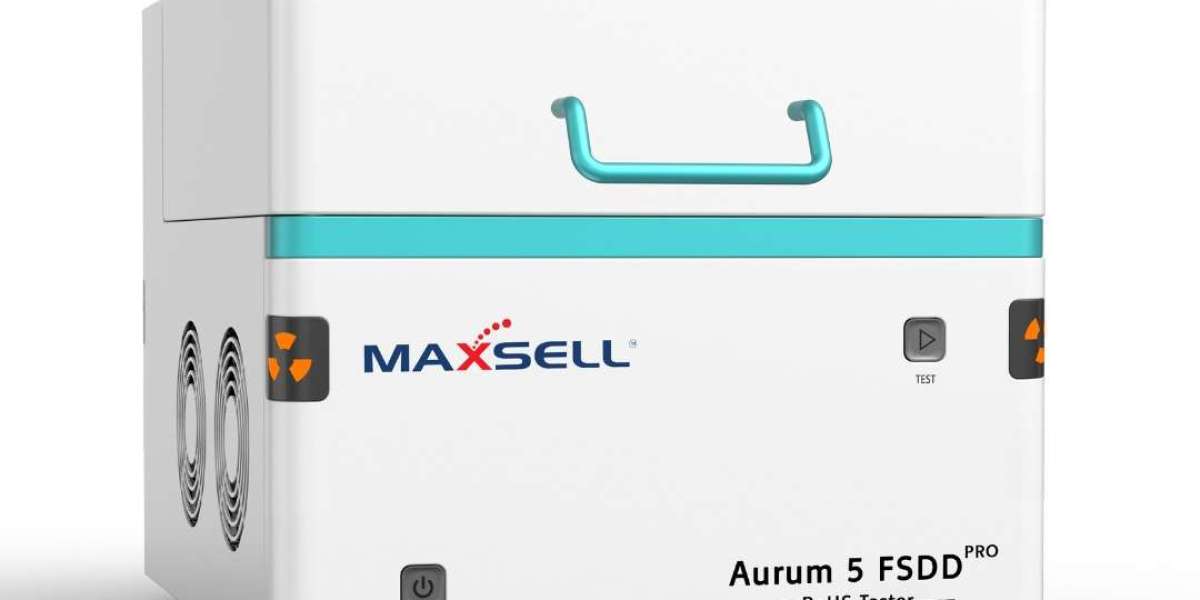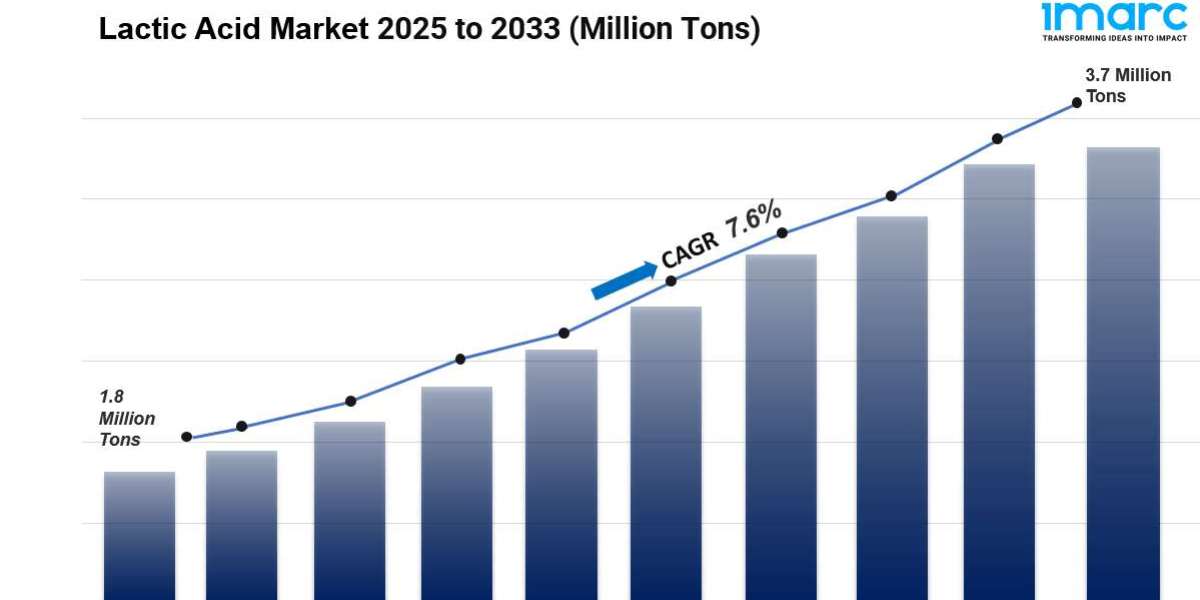As global awareness around environmental sustainability continues to rise, the demand for safer, greener electronics has never been stronger. Regulatory frameworks like the Restriction of Hazardous Substances (RoHS) directive play a vital role in ensuring that electronic products comply with safety and environmental standards. To enforce these standards efficiently, the technology behind RoHS testing equipment is also evolving. The future promises a blend of automation, AI, and enhanced sensitivity, reshaping how manufacturers and testing labs operate.
Rising Need for Advanced Compliance Tools
With countries frequently updating RoHS regulations to include more substances and tighter limits, traditional testing tools may struggle to keep up. Electronics manufacturers are under increasing pressure to verify compliance with minimal delay. This is pushing the industry toward smarter, faster, and more accurate solutions that can analyze complex materials and assemblies with greater precision.
Modern RoHS directives don’t just focus on lead, mercury, and cadmium but now extend to a growing list of flame retardants and phthalates. Keeping up with these updates requires instruments that are adaptable and versatile — and the industry is responding.
Integration of Artificial Intelligence
Artificial Intelligence (AI) is poised to play a transformative role in testing workflows. AI-powered RoHS analyzers can quickly learn from historical testing data, improving both speed and accuracy over time. They can also identify patterns that may indicate contamination or non-compliance risks before they become critical issues.
Additionally, AI integration allows real-time feedback and decision-making capabilities, minimizing the need for human intervention. These smart systems can alert operators to inconsistencies, recommend retests, and automatically generate reports that meet international compliance standards.
Portable and Handheld Innovations
In the past, RoHS compliance testing required bulky lab equipment and significant sample preparation. Today, miniaturization is changing that. Handheld X-ray fluorescence (XRF) analyzers have become popular due to their convenience, allowing on-site testing of components and materials without the need for destructive testing.
As technology advances, these portable devices are becoming more sophisticated. Future models are expected to feature enhanced battery life, better detection limits, and cloud connectivity, making them invaluable tools for field inspections and fast decision-making on production lines.
Cloud-Based Data Management
Cloud computing is revolutionizing how test results are stored, accessed, and shared. Modern RoHS testing solutions are moving towards cloud-integrated platforms that enable seamless communication between devices, testing labs, and compliance teams, regardless of location.
These platforms support centralized data storage, which is vital for audits, tracking historical trends, and responding quickly to regulatory changes. With encrypted and secure access, companies can ensure data integrity while improving collaboration across global teams.
Eco-Friendly Instrument Design
Interestingly, even the testing equipment itself is becoming more sustainable. Manufacturers are adopting greener production methods and materials when designing new instruments. Energy-efficient components, recyclable parts, and reduced hazardous substances in the machines align with the very principles RoHS promotes.
Future equipment will likely be designed with longer service life, modular components for easy upgrades, and minimal power consumption. This approach not only lowers operational costs but also supports the circular economy goals many tech companies now pursue.
Predictive Maintenance and Self-Diagnostics
Downtime in production or testing labs can lead to costly delays. To combat this, the next generation of RoHS analyzers will feature predictive maintenance systems. These smart features will monitor equipment health in real-time and alert users about potential failures before they occur.
Built-in self-diagnostic tools will also become more standard, helping technicians troubleshoot issues without the need for specialized support. These features extend the life of the equipment and improve overall testing reliability.
Conclusion
As regulatory requirements grow more complex and the need for transparency intensifies, the landscape of RoHS testing equipment is undergoing a significant transformation. Innovations in AI, portability, cloud integration, and sustainability are shaping the tools of tomorrow. Companies that invest in modern testing solutions will not only ensure compliance but also gain a competitive edge in delivering environmentally responsible products. The future of RoHS compliance isn’t just about meeting standards — it’s about embracing smarter, faster, and greener technologies.



